
Oskar and Zofia Hansen: Open Form
Source
Vladimír Balda, FUA TUL
Vladimír Balda, FUA TUL
Publisher
Petr Šmídek
11.10.2017 09:00
Petr Šmídek
11.10.2017 09:00
Zofia Garlińska-Hansen
Oskar Nikolai Hansen
In the Warsaw Museum of Modern Art (Muzeum Sztuki Nowoczesnej), there is an exhibition titled Oskar and Zofia Hansenowie Forma Otwarta on display until the end of October. The exhibition showcases a collection of works by the professional and life partners of notable Polish architects. The Hansens are primarily associated with the theory of Open Form, which Oskar Hansen formulated in the late 1950s and early 1960s and further developed with his wife Zofia throughout his life. In the spirit of this theory, they designed their buildings, created sculptures and paintings, and taught their students.
The current exhibition is the culmination of several years of research on creators who were not well-known in Poland until recently. Warsaw is the fourth stop of this exhibition. All previous ones took place in foreign galleries, in Porto, Barcelona, and also at the Yale School of Architecture and Arts.
In the museum's one hall, visitors can view the work of both artists in a concentrated form. All significant buildings and projects are documented here, complemented by sculptures, paintings, and teaching aids. The displayed works differ not only in type but also in very different scales.
Among the joint architectural creations of the Hansen couple are sketches of their own Warsaw apartment, photographs of a summer house in Szumin, and a panel housing estate in Lublin, as well as a model of an urban planning project titled Continuous Linear System. This utopian project from the 1960s proposed housing in the year 2000 within a system of linear cities stretching across Poland, from the sea to the Tatras.
An important part of their work includes teaching aids that Oskar Hansen used during his lectures at the Academy of Fine Arts. These large aids served to clarify the theory of Open Form; students created compositions and models based on the ideas of this theory. The displayed objects and documents are supplemented by several videos showing Oskar Hansen at work and in teaching.
Oskar Nikolai Hansen (Helsinki, 1922 - Warsaw, 2005) – architect, artist, theorist, and educator. The son of a Russian mother and a Norwegian father. He graduated from the Higher Technical School in Vilnius (1942) and after the end of World War II, the Faculty of Architecture at the Warsaw University of Technology.
From 1948 to 1950, he stayed in Paris on a scholarship and practiced in the offices of Pierre Jeanneret and Fernand Léger. At the CIAM congress in Bergamo in 1949, he dared to criticize Le Corbusier and was thus invited to the CIAM summer school held in London. Despite the opportunity to stay and practice in Great Britain, he returned to post-war Poland with the hope of better applying his skills here.
In 1959, he announced the manifesto of Open Form at the CIAM congress in Otterlo, the Netherlands, and decided to work only on projects in which he could fulfill his theory. From 1952 until 1983, he taught at the Academy of Fine Arts in Warsaw and influenced many Polish architects and artists.
Zofia Garlińska-Hansen (Kałuszyn 1924 - Warsaw, 2013) – architect and co-author of the theory of Open Form. A graduate of the Faculty of Architecture at the Warsaw University of Technology. Together with her husband Oskar Hansen, she participated in architectural designs.
The Museum of Modern Art was located until 2016 in a modernist pavilion named Emilia, which was a legendary furniture store in Warsaw during socialism. In the same year, the pavilion was demolished due to developer construction, and a plot near the Palace of Culture was designated for the new museum. The new building of the museum was designed by the American architectural firm Thomas Phifer and Partners.
The museum found temporary refuge in a wooden pavilion on the banks of the Vistula, which was relocated from Berlin to Warsaw. The pavilion was used as a Kunsthalle from 2008 to 2010 and was designed by Austrian architect Adolf Krischanitz. The structure takes the form of a white cube, with an exhibition area of 600m2, complemented by a café and an entrance reception with a bookstore. The surface of the white outer facade was covered with drawings by young Polish painter Slawomir Pawszak. The entire building was loaned to the Warsaw museum by the Vienna foundation Thyssen-Bornemisza Art Contemporary.
The current exhibition is the culmination of several years of research on creators who were not well-known in Poland until recently. Warsaw is the fourth stop of this exhibition. All previous ones took place in foreign galleries, in Porto, Barcelona, and also at the Yale School of Architecture and Arts.
In the museum's one hall, visitors can view the work of both artists in a concentrated form. All significant buildings and projects are documented here, complemented by sculptures, paintings, and teaching aids. The displayed works differ not only in type but also in very different scales.
Among the joint architectural creations of the Hansen couple are sketches of their own Warsaw apartment, photographs of a summer house in Szumin, and a panel housing estate in Lublin, as well as a model of an urban planning project titled Continuous Linear System. This utopian project from the 1960s proposed housing in the year 2000 within a system of linear cities stretching across Poland, from the sea to the Tatras.
An important part of their work includes teaching aids that Oskar Hansen used during his lectures at the Academy of Fine Arts. These large aids served to clarify the theory of Open Form; students created compositions and models based on the ideas of this theory. The displayed objects and documents are supplemented by several videos showing Oskar Hansen at work and in teaching.
Oskar Nikolai Hansen (Helsinki, 1922 - Warsaw, 2005) – architect, artist, theorist, and educator. The son of a Russian mother and a Norwegian father. He graduated from the Higher Technical School in Vilnius (1942) and after the end of World War II, the Faculty of Architecture at the Warsaw University of Technology.
From 1948 to 1950, he stayed in Paris on a scholarship and practiced in the offices of Pierre Jeanneret and Fernand Léger. At the CIAM congress in Bergamo in 1949, he dared to criticize Le Corbusier and was thus invited to the CIAM summer school held in London. Despite the opportunity to stay and practice in Great Britain, he returned to post-war Poland with the hope of better applying his skills here.
In 1959, he announced the manifesto of Open Form at the CIAM congress in Otterlo, the Netherlands, and decided to work only on projects in which he could fulfill his theory. From 1952 until 1983, he taught at the Academy of Fine Arts in Warsaw and influenced many Polish architects and artists.
Zofia Garlińska-Hansen (Kałuszyn 1924 - Warsaw, 2013) – architect and co-author of the theory of Open Form. A graduate of the Faculty of Architecture at the Warsaw University of Technology. Together with her husband Oskar Hansen, she participated in architectural designs.
The Museum of Modern Art was located until 2016 in a modernist pavilion named Emilia, which was a legendary furniture store in Warsaw during socialism. In the same year, the pavilion was demolished due to developer construction, and a plot near the Palace of Culture was designated for the new museum. The new building of the museum was designed by the American architectural firm Thomas Phifer and Partners.
The museum found temporary refuge in a wooden pavilion on the banks of the Vistula, which was relocated from Berlin to Warsaw. The pavilion was used as a Kunsthalle from 2008 to 2010 and was designed by Austrian architect Adolf Krischanitz. The structure takes the form of a white cube, with an exhibition area of 600m2, complemented by a café and an entrance reception with a bookstore. The surface of the white outer facade was covered with drawings by young Polish painter Slawomir Pawszak. The entire building was loaned to the Warsaw museum by the Vienna foundation Thyssen-Bornemisza Art Contemporary.
Vladimír Balda
The English translation is powered by AI tool. Switch to Czech to view the original text source.
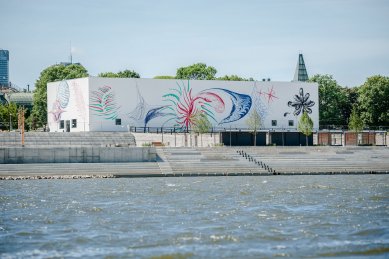
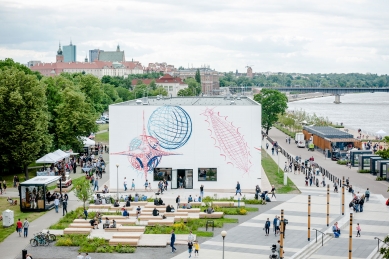
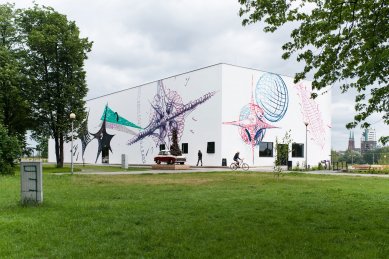
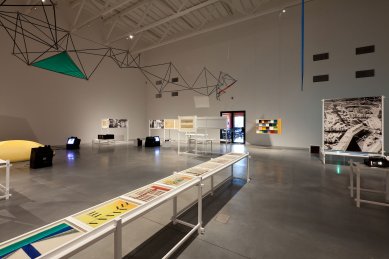
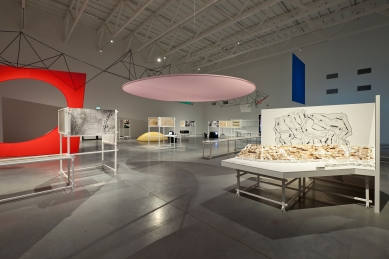

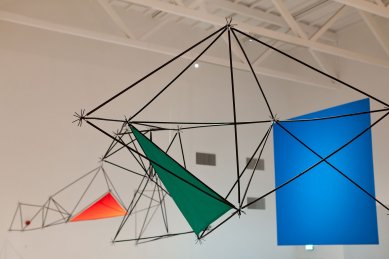
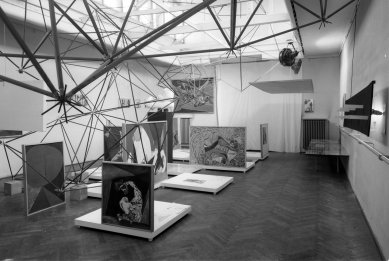
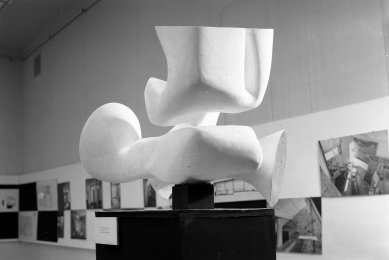
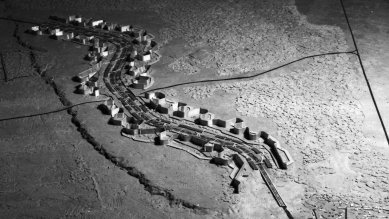
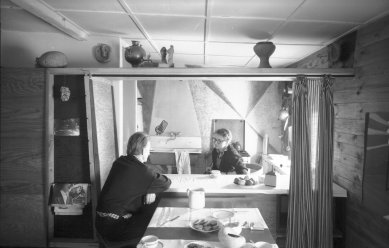
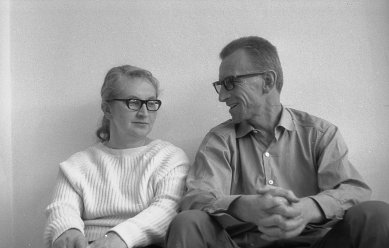
0 comments
add comment












